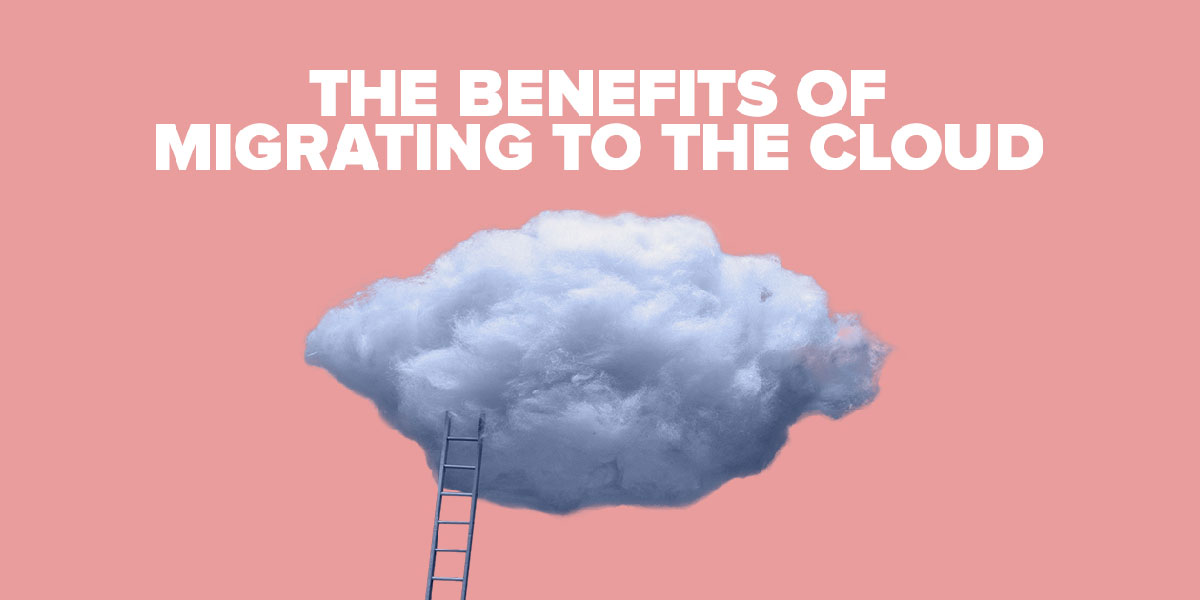Many shoppers wrestled between holiday tradition and fiscal responsibility this holiday season, as inflation realities and concern about a potential recession made headlines. Retailers found themselves deploying creative ways to meet changing conditions and new customer demands. For instance, they offered holiday shopping sales earlier than ever and found new ways to reach consumers.
This is how shopping trends have changed so far in 2022.
When Did Holiday Shopping Begin in 2022?
Instead of waiting for traditional Black Friday sales on Thanksgiving weekend, 56% of shoppers started shopping in October, according to McKinsey. Amazon put on its earliest ever holiday shopping event in mid-October and Target and Walmart launched their respective campaigns around the same time.
Along with early promotions, inflation and supply chain concerns contributed to the early start as well. McKinsey found that more than 50% of early-shopping respondents said they were motivated by concerns about increasing prices or product availability as the holidays drew nearer.
Is Holiday Shopping Trending Up or Down?
Hunting for deals, comparing prices and trading down — the practice of buying a cheaper version of a premium brand — seemed to be essential factors this season for high-income shoppers. A recent consumer sentiment survey from Alvarez & Marsal showed that “45% of consumers earning $150,000 or more are concerned that products have become too expensive." Therefore, choosing stores that offered a better value for their dollar looked to be becoming a priority for more affluent shoppers.
Stores like Walmart, T.J. Maxx and Marshalls are examples of retailers who seemed to be benefitting from this trend. Walmart increased its Q3 sales by 8.7% while T.J. Maxx and Marshalls were part of a 3.3% surge in sales for Marmaxx, their parent company.
Online Shopping Trends
Online sales continued to grow early in the 2022 holiday season, with Adobe predicting U.S. online holiday sales would hit $209.7 billion, representing 2.5% year-over-year growth from Nov. 1-Dec. 31, 2021. Especially notable is that the increase comes after a year when consumers were still uncertain about returning to physical stores.
How Social Media Is Changing Holiday Spending
While online shopping has changed the way that consumers shop for holidays in major ways, the activity is still evolving.
For instance, social media's role has become more significant than just serving up targeted advertisements to users. Previously, companies relied on advertisements to lure in orders from a storefront. Now, platforms are serving as a one-stop-shop for brands to reach consumers and make a sale.
Letting Others Try Before You Buy
Social media provides shoppers with exposure to products they could not previously access because they weren't sold locally. Oftentimes, social media users rely on seeing a product in use by an influencer or content creator they trust before they decide to make a purchase.
For example, full-time influencer and content creator Claire Wenrick used her social media platform to promote brands well before Black Friday and Cyber Monday. “I think sharing products that I've been using and I've been loving the entire year helps people purchase the product rather than me just kind of throwing something random in their face that I don't have or I know that I like," Wenrick told The Washington Post.
Partnerships between companies like Shopify and TikTok are now changing the way that socially connected generations are shopping. Gen Z (born between 1997 and 2012) and Millennial (born between 1981 and 1996) shoppers are turning to their favorite social apps to find and buy gifts this season. Research from Deloitte predicts that 60% of Gen Z and 56% of Millennials will do at least some holiday shopping on TikTok, Instagram, YouTube and similar apps before this season is over.
This article is for general information and education only. It is provided as a courtesy to the clients and friends of City National Bank (City National). City National does not warrant that it is accurate or complete. Opinions expressed and estimates or projections given are those of the authors or persons quoted as of the date of the article with no obligation to update or notify of inaccuracy or change. This article may not be reproduced, distributed or further published by any person without the written consent of City National. Please cite source when quoting.
Neither, McKinsey, Alvarez & Marsal, Walmart, Marmaxx, Adobe, Shopify, TikTok, or Deloitte are owned by City National Bank or any City National Bank Affiliate. City National is not responsible for, and expressly disclaims any and all liability for the use of any services provided by McKinsey, Alvarez & Marsal, Walmart, Marmaxx, Adobe, Shopify, TikTok, or Deloitte or damages of any kind arising out of reliance upon any information provided by these firms.





